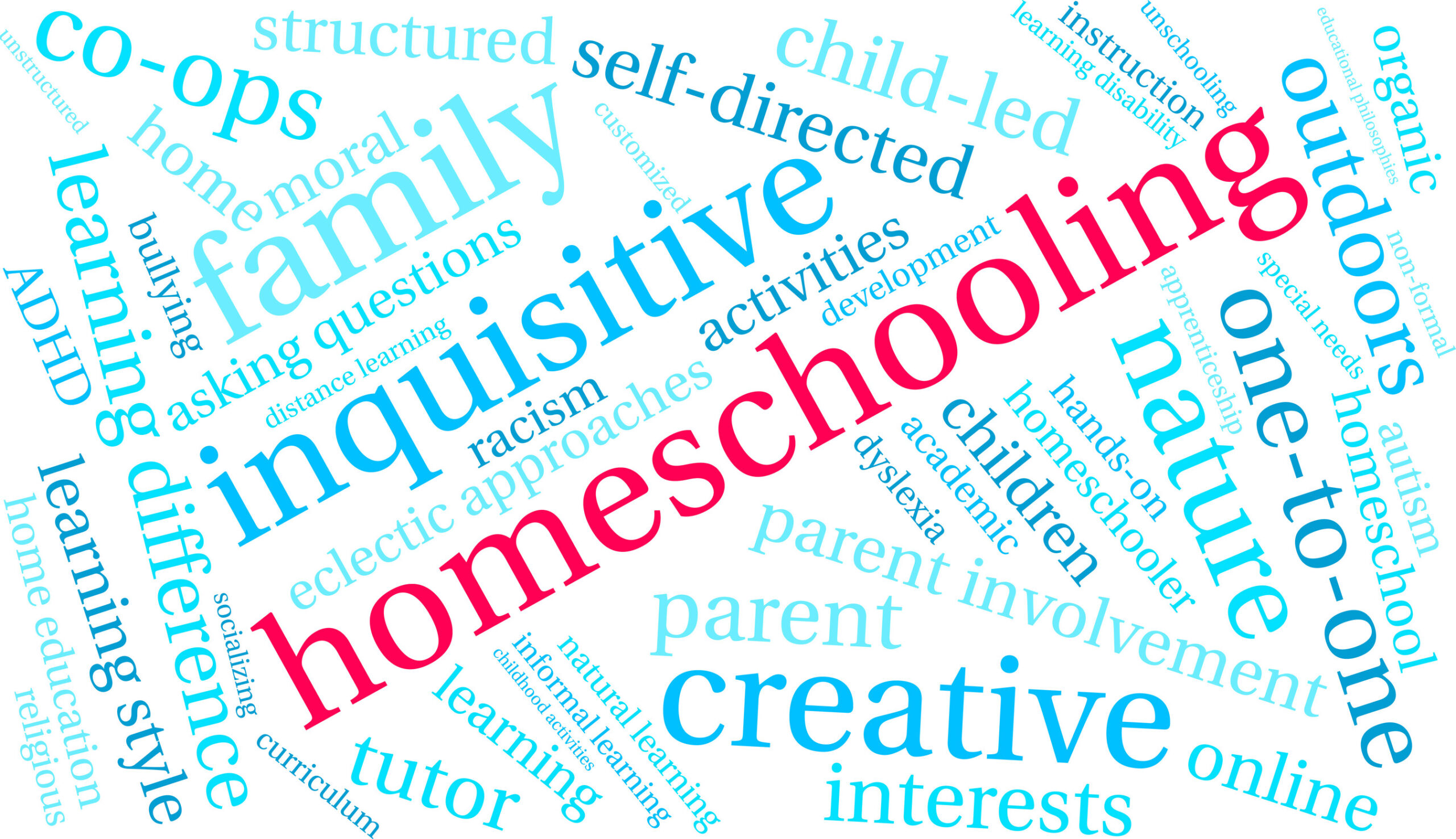The Liberated Learner — Column by Suzanne Kearney
For a whole lot of reasons…schools are just not set up to teach the way long experience has shown people to learn. But they are set up to employ people and spend money.
John Taylor Gatto, A Different Kind of Teacher
There’s a new school in town. It’s a revolutionary immersion experience where kids of all ages intermingle and learn from adults and fellow students alike. Class sizes are small; one-on-one instruction takes place daily. Desks are optional; comfortable couches, thick rugs, and, on nice days, the great outdoors replace the drab tile and carpet-on-concrete monotony of typical schools. Pets are welcome to sit in for reading or “help” with math. Snack time is whenever kids are actually hungry, and no bells ring to interrupt the learning process. Field trips don’t need permission slips, and last as long as students are engaged. Student/teacher relationships are lifelong and focused on character as well as academics.
Sound expensive? It doesn’t have to be. In fact, costs for this educational program may approach a mere 10% of the current average going rate.
I’m guessing you’re on to me by now. If so, you are correct — I’m talking about home education.
And yes, you read that percentage right. Dollar for dollar, compared to the average public-schooler, homeschooled kids receive a comprehensive education, with specialized attention and limited restrictions, for a fraction of the cost. Currently, I homeschool three children, two in high school. Over the past four years, my average out-of-pocket costs averaged around $4,000 per year, or around $1,300 per student. Granted, the “teacher” doesn’t make a salary, “facilities” are handled “in-house,” and additional administrative costs are zero. But a difference of almost $9,000 per student smells like a grift to me. Why is the government education behemoth so expensive and for such measly outcomes?
Case in point: in Coeur d’Alene, voters just passed (yet again) a two-year, $25 million supplemental levy to pay for “educational programs, sports, art and other services the state doesn’t fund.” To promote voter enthusiasm, social media posts bragged about CDA’s high ranking as compared to other Idaho school districts, conveniently leaving out the fact that less than half of students are proficient in math and less than 65% in reading. Does this sound like a good return on investment to you?
Personally, I pay about $400 per year in property taxes toward my own local school district, Post Falls, which has a 2024-25 budget of about $60 million for about 6,000 students, or about $10,000 per student. Unfortunately, the test scores for Post Falls are even more abysmal – only 44% of students are proficient in math, and barely over half in reading. What have they done with our money? It wasn’t used to pay for classes on Fridays — those got canceled. It didn’t go to the baseball team — my son had to fundraise for that. Some of it has gone to ideological curriculum such as Sources of Strength and Second Step, as well as funding sexually explicit books in school libraries. What about the rest of the cash? The National Center for Education Statistics might provide a clue: it shows an over 90% growth in administrative staff and principals in the U.S. since 2000, with a corresponding increase of only 5% in students and 10% in teachers. Assuming the statistics in Idaho reflect those of the nation, it is clear that more bureaucracy does not translate to better learning.
But there’s an even more frustrating grift — the teacher’s union. According to Freedom Foundation, “many district affiliates of the Idaho Education Association (IEA), itself an affiliate of the National Education Association (NEA) — the largest teacher’s union in the country — have successfully negotiated provisions that result in taxpayer support for teacher’s union activities.” The article further states, “For example, in Coeur d’Alene the union president ‘shall be released the equivalency of two days per week to conduct [union] business. The cost of the first 38 days shall be paid 100% by the district.’” In other words, some of those tax dollars are going straight to a powerful political entity that, for the most part, does not reflect the values of our community. Funny thing, though, I looked up the budget breakdowns for CDA and Post Falls and didn’t see a word about that. It’s almost like they don’t want us to know.
So what can we do? Here’s my suggestion: a massive exodus into home education. Is your school board listening to your concerns? My own district’s public comments policy seems intentionally crafted to keep parents quiet. Since it seems that the only language the educational establishment understands is money, speak in dollar signs. Pull your kids out, and have all your friends do the same. The only way to stop the extortion is to cut off the funding. More kids at home means no need for new building funds, additional administration, or increased bureaucratic bloat. Plus, this will have a massive impact on our kids for good. Think about the environment of the home, described above. Which situation seems more natural, more conducive to organic learning? If you’re not sure, let the consistently higher test scores of homeschoolers speak for themselves.
Are you considering homeschooling? I hope so. If enough of us cut the cord, maybe our taxes will go down. And that’s a win for everyone.







